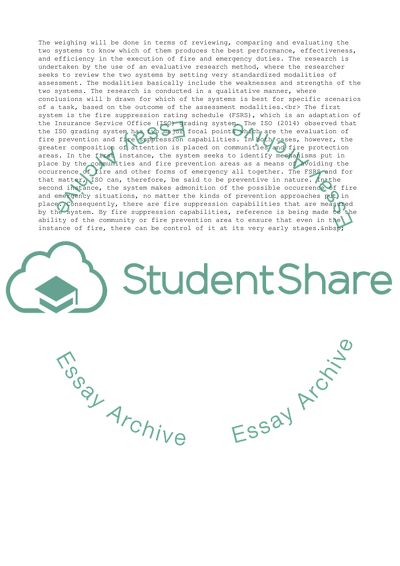Cite this document
(Overview of Performance Measurement Systems Term Paper, n.d.)
Overview of Performance Measurement Systems Term Paper. Retrieved from https://studentshare.org/management/1652657-performance-measurement
Overview of Performance Measurement Systems Term Paper. Retrieved from https://studentshare.org/management/1652657-performance-measurement
(Overview of Performance Measurement Systems Term Paper)
Overview of Performance Measurement Systems Term Paper. https://studentshare.org/management/1652657-performance-measurement.
Overview of Performance Measurement Systems Term Paper. https://studentshare.org/management/1652657-performance-measurement.
“Overview of Performance Measurement Systems Term Paper”, n.d. https://studentshare.org/management/1652657-performance-measurement.


